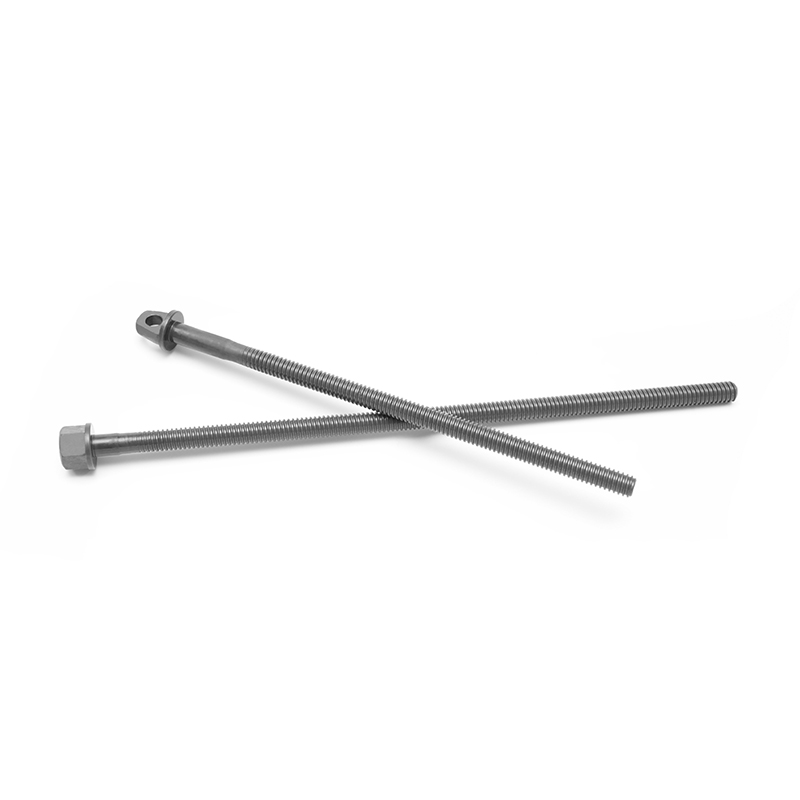A trapezoidal lead screw converts rotary motion into linear motion through the interaction between its helical thread and a corresponding internally threaded nut. This mechanical principle is fundamental to many motion-control systems, from industrial machinery to manual lifting devices. The unique geometry of the trapezoidal thread makes this type of lead screw especially well-suited for applications that demand precise, repeatable motion and strong load-bearing capabilities.
Basic Operating Principle
At the core of a trapezoidal lead screw system is a screw shaft with a thread profile shaped like a trapezoid, typically with a 30° thread angle. This shaft rotates, and the nut, which is threaded to match the screw’s profile, travels along the screw’s length as it turns.
When torque is applied to the screw:
The helical threads guide the nut along a linear path, much like a ramp or inclined plane.
The rotary motion of the screw is translated into linear movement of the nut in either direction, depending on the rotation.
The direction and distance of linear movement depend on two factors:
Thread direction (right-hand or left-hand)
Lead or pitch of the screw (the distance the nut travels per screw revolution)
Mechanical Efficiency
Trapezoidal lead screws operate on the principle of threaded friction. The flanks of the trapezoidal threads provide a large contact area, allowing:
High axial load capacity
Self-locking properties (in many cases)
Stable movement with less vibration
However, compared to ball screws, trapezoidal screws have lower mechanical efficiency due to the higher friction between the mating threads. This tradeoff is acceptable in many applications where:
Precision is more important than speed
Loads need to be held in place without external brakes or clutches
Self-Locking Behavior
One key feature of trapezoidal lead screws is their tendency to self-lock under certain conditions. Because of the thread angle and friction, the nut will not back-drive (move on its own) when the screw is stationary. This is especially valuable in vertical lifting systems, where the load must be held securely in place even when the drive mechanism is turned off.
Materials and Compatibility
Trapezoidal screws are typically made from:
Carbon steel or stainless steel (for the screw shaft)
Bronze, acetal, or other engineered polymers (for the nuts)
These materials are selected to manage wear, friction, and lubrication requirements, ensuring smooth linear motion over time.
Example Applications
Trapezoidal lead screws are widely used in:
Machine tools (for slide tables and positioning)
CNC equipment (for slow, precise movements)
Screw jacks and manual lifting mechanisms
Medical and laboratory devices
Industrial automation where back-driving must be avoided

Conclusion
Trapezoidal lead screws convert rotary motion into linear motion through the interaction of their helical trapezoidal threads with a matching nut. The system relies on friction and thread geometry to guide linear displacement while supporting high loads and resisting back-driving. This makes trapezoidal lead screws ideal for controlled, precise movements in applications that prioritize stability and load retention over speed or high mechanical efficiency.

 English
English 中文简体
中文简体 Español
Español русский
русский عربى
عربى








